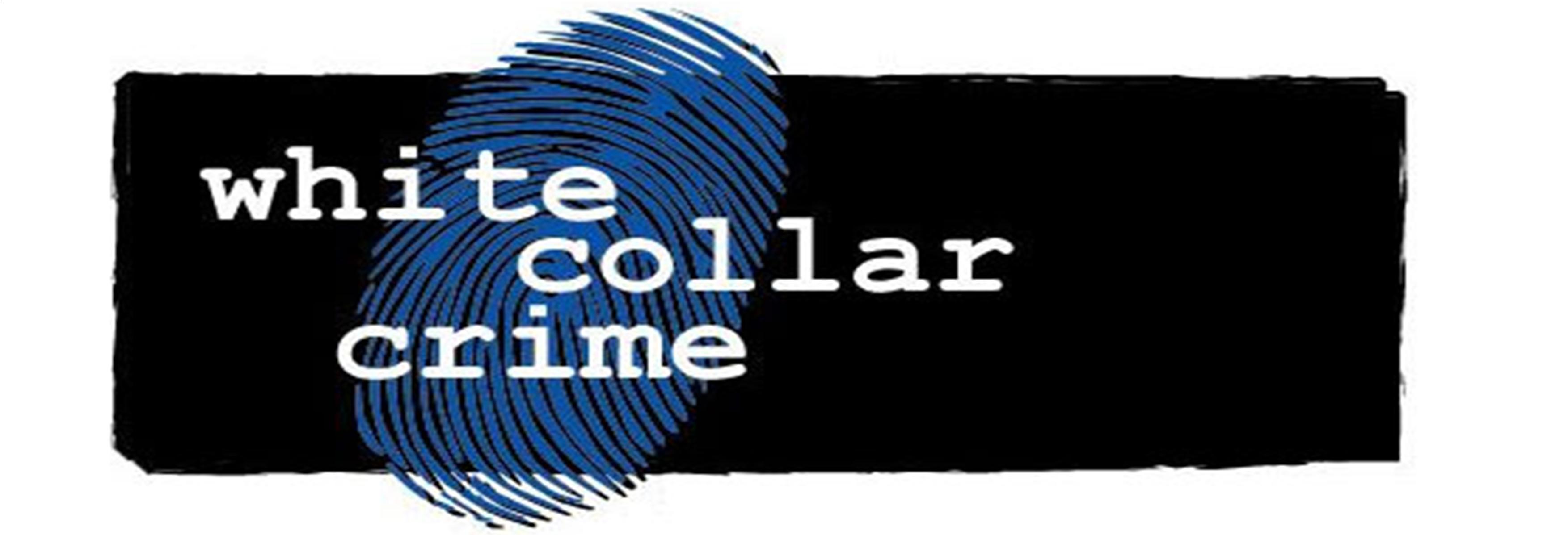Essay on the concept of White Collar Crime !
The concept of White collar crime’ was introduced for the first time in the field of criminology by Prof. Edwin Sutherland in 1941. He defined white collar crime as “crime committed by persons of respectability and high social status in course of their occupation”.
Thus misrepresentation thought fraudulent advertisements, infringement of patents, copy-rights and trade-marks, etc. are frequently resorted to by manufactures, industrialists and other persons of repute in course of their business with a view to team huge profits.
ADVERTISEMENTS:
Other illustrations of white collar criminality include publication of falsified balance sheets of business.
Passing of goods, concealment of defects in the commodity for sale etc. These white collar crimes by nature are such that the injury or the damage caused as a result of them is so widely diffused in the large body of citizens that their gravity as regards individual victim is almost negligible.
White collar criminality has a closer affinity with the attitudes and values of culture in a particular society.
ADVERTISEMENTS:
This is evident from the fact that white collar criminals are intelligent, stable, and successful and men of high social status as compared to the ordinary criminals. They are farsighted persons belonging to the prestige group of society.
The white collar crimes which are committed in business-world are indirect, anonymous, impersonal and difficult to detect.
As against this, ordinary criminals commit crimes which are direct and involve physical action like beating, removal of property of use of force, etc.
These may also be called ‘blue collar crime’ and are more common with the under-privileged class while the white collar crimes are committed by the members of privileged group who belong to upper strata of society.
ADVERTISEMENTS:
Prof. Sutherland, however, suggests that class position by itself is no determinant of the white collar or blue collar crime.
This contention finds support in the fact that even the most privileged and prestige persons may commit heinous crime such as murder, rape or kidnapping for which they are liable to be severely punished while on the other hand, most under privileged persons may be involved in a white collar crime, like embezzlement, corruption or misrepresentation which may not entail them severe penalty.
It is, however, erroneous to think that white collar crimes are petty offences because they do not carry major punishment.
Undoubtedly the penologists hitherto confined their attention to prevention of ordinary predatory crimes but the recent penal programmes sufficiently indicate that emphasis has not shifted suppression of white collar criminality with equal vigour and strength.
The recent amendments introduced in the Indian Company Law, Insurance and Banking Laws, the appointment of Lokpal and tightening of governmental control over private business groups sufficiently reflect upon the Government’s firm determination to suppress white collar criminality in India.
The problem of white collar criminality has its roots in the competitive attitude of the business community to oust their rival competitors in order to earn huge profits. It may, however, be suggested that such crimes are sometimes committed merely for the sake of necessity.
Thus most of the private educational institutions in India which receive public-aid furnish false accounts only for the sake of retaining their existence.
In spite of the prescribed code of ethics. Set for the practising lawyers, the very nature of their profession involves the spirit of combat and necessitates them to resort to concealment or misrepresentation of facts, which, if detected entail severe punishment.
The members of privileged class or high social status have a tendency to furnish, false and fabricated accounts of their income of property to avoid payment of heavy taxes or to claim tax-exemptions.
White collar criminality is also rampant in insurance business where both the insured as well as the insured make considerable profit by making false and fabricated claims.
Instances are not wanting where intentional house burning, automobile destruction and even murders are planned by the persons of respectable community for the sake of making good fortunes for themselves.
Other areas of white collar crime are malpractices in the medical or engineering profession, adulteration of food and drugs, hoarding, black marketing monopoly and breach of trust etc.
It must be noted that Sutherland limits the concept of white collar crime only to those unlawful activities by persons of prestigious group which they undertake for financial gains in course of their legitimate business or occupation and the crime committed by these persons for other purpose do not fall within this category.
No distinction in terms of social status, occupational activity, attitude or gravity of consequences can separate white collar crimes from those of traditional crimes.
The only distinguishing feature of this type of crime is the temptation for considerable material gain with little or no loss of status.
This gain gives a misleading impression that the executive and judicial authorities who are concerned with the prevention of crime react favourable to the upper and middle class society and dispose of white collar criminals with mere censures or admonition white other criminal are subjected to severe penal sanctions under the law without being given any pre-warning.

